|
Last post we looked at the serious side of 1963 and the events of the civil rights movement that will mark their 50th anniversaries in the coming year. But since this blog is called "Ridiculous to Sublime," the writer always reserves the right to leap into the lighter side at a moment's notice. So, what do Lamborghinis, zip codes and push button phones have in common? They will also celebrate their golden anniversaries in 2013.  Today we set the controls of the WABAC Machine for a world tour of 1963's inventions and start-ups. Ready, Sherman? Our first stop is Sant'Agata Bolognese, a small community in northern Italy, just outside the city of Bologna, where in May of 1963, Ferruccio Lamborghini built a "large and ultramodern factory" in which to manufacture luxury sportscars. Even though he was the wealthy and successful owner of several businesses, including a tractor manufacturing company, people thought it was absolute "madness" to try to build a car to compete with Ferrari. Well, perhaps. But Lamborghini was a very hands-on owner and out of his belief rose a masterpiece. (We shall know them by their cost.) "And what became of the rivalry with Ferrari, Mr. Peabody?" "Well that you may ask, Sherman. Short answer: Ferrari sells more, Lamborghini is faster. But here's a lovely infographic smackdown to explain it all."  Via: Car Insurance List Via: Car Insurance List Next we travel to Philadelphia, Pennsylvania where Robert Moon, a mild-mannered postal inspector (these being the days when the expression "going postal" could be interpreted as sending a letter through the mail, rather than engaging in homicidal behavior) pondered the age-old question of improving mail delivery. In the late 1940's, he actually came up with a three-digit system for a zone improvement plan, hence the acronym ZIP code. He submitted his proposal and it languished for awhile, until some genius rebranded it with more digits. It was finally implemented in 1963 as a five-digit system. Now of course, they are up to nine. (Someday they might even go to eleven...) As always, there is a downside to these things... without the ZIP Code, we would never have had to suffer through a single episode of "Beverly Hills 90210." Let's extend our sojourn in Pennsylvania and traverse to the Pittsburgh metropolitan area and the towns of Carnegie and Greensburg, where the touch-tone telephone was introduced. AT&T (American Telephone and Telegraph, back in the day) offered the first public commercial service, for an extra charge. (Of course!) Proto-type push button phones had been around since the 1940's but the Western Electric 1500 model was the first sold to consumers. It featured 10 buttons instead of the standard rotary dial. A 12-button model featuring the * and # keys was introduced soon afterward and replaced the 10-button model. For a look at 17 configurations that didn't make it, check out this article at Mental Floss. "Golly, Susie, what'll they think of next? Sending messages to someone without even talking?"
"Oh, don't be silly, Bobby. The telegraph is so last Wednesday."
0 Comments
It's used to track packages in the mail; retail goods at the shopping mall; automobiles on the production line, and airline passengers. RFID (radio frequency identification) technology, which was once limited to tracking cattle, is now tracking consumer products worldwide. And public school students in Texas. 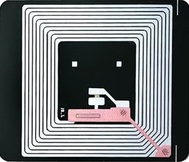 School district receive their funding based on student attendance: the more students in their seats when the roll is called, the more money flows in from state coffers. Well, the coffers are drying up across the country and school districts are fighting for every dollar. So Texas schools have apparently turned to RFID tags to scrape up every penny they can. 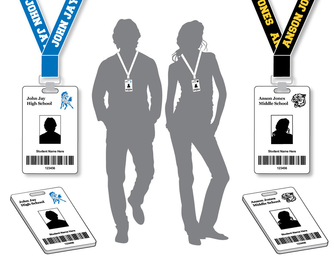 The latest in back-to-school fashion? Students are required to wear IDs on a lanyard around their neck. Big deal, you say? Well, the IDs are embedded with a chip that stores a number tied to the student's name. Electronic readers hidden behind the ceiling tiles in the halls and classrooms read these chips through radio frequency electromagnetic waves. An antenna on the reader, through wireless communication, reads the number on the chip and pinpoints the student's location. So if a kid's not in his or her seat when attendance is taken, staff can punch the number into the network and find out instantly where that student is and haul his butt down to his classroom. You can almost hear the "kaaaa-ching" of the cash register as bottom hits wood (or, in most cases, plastic). School districts are, of course, playing up the safety angle as well as the funding argument. But can you spell "invasion of privacy?" Or do students give that up when they step foot onto school grounds? On a brighter note, how long before some clever delinquent who wants to skip first period and hang out in the prop closet/bathroom/theatre lighting loft figures out these things can be thwarted by wrapping them in aluminum foil? You can read more about this rather appalling turn of events at Government Technology and at WebProNews.
I love learning something new every day, especially when it's cool, really useful and related to technology. Here's a short instructional video about some of the cool ways to use Google Image Search (beyond just searching for an image)! With two recent movies spawned by the Snow White fairy tale (for those living in a cave: Mirror, Mirror with Julia Roberts and Snow White and the Huntsman with Kristen Stewart and Charlize Theron, not to mention hunk-o-the-month Chris Hemsworth), we do indeed seem to be living in a "who's the fairest of them all" era. For those of us who lack magic talking mirrors, there's an app that's ready to help us answer that timeless question. Or at least figure out how ugly we are. 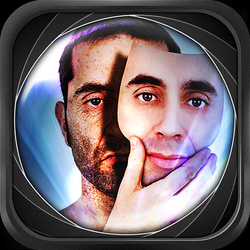 Ugly Meter app The Ugly Meter is advertised thusly on iTunes: "Do you ever wonder if you're ugly and your friends just don't tell you? Do you have an ugly friend, and you just don't know how to tell them? The Ugly Meter takes your photo and scans the details of your face to give you a rating of 1-10 on the Ugly Scale. If you rate a 10, you probably have a face that only a mother could love. Depending on how bad your rating is, the Ugly Meter will comment on your looks!" 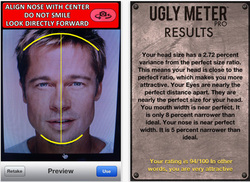 Brad Pitt through the Ugly Meter Pro You snap a picture of you (or your victim). The app scans the photo and evaluates it based on things such as facial symmetry, proportions and shape. It then spits out a score from 10 to 0. Unlike the Dudley Moore/Bo Derek movie romp, in this case, a 10 signifies the ugliest and a zero means you're hot. Then, depending on your score, it will insult you with a clever put-down, such as "any similarity between you and a human is purely coincidental." All this for 99 cents! Or $4.99 for the PRO upgrade, where the scale goes to 100. (Why not 11?!?!?) Of course, the Ugly Meter is a complete joke. A user can submit the same photo half a dozen times and receive different results every time. And the app creators, the Dapper Gentlemen, go so far as to poke fun at all the press they have received about this app, including featured stories on CBS and MSNBC, the Today Show, the Tonight Show, the Huffington Post, the Daily Mail and Howard Stern, many of whom don't seem to get the joke. 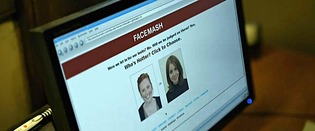 But maybe the problem is that our whole social milieu has become an Ugly Meter. Back in 1999, there was the attractiveness rating website called Rate My Face, which then was superseded by Hot or Not, which was apparently an inspiration for Mark Zuckerberg's first foray into social media creation, Facemash, which used hacked images of his Harvard classmates' ID photos to create a "who's the fairest of them all" smackdown. The next-gen spawn, Facebook, allows us do that in a "kinder, gentler" fashion as we scroll through all those photos of fabulous vacations and remodeled kitchens and pretty babies and that "friend" who always posts a shot of herself posing with her leg jutting forward in classic model style, as if looking for affirmation that she's still hot after all these years. It's all about the ranking and the rating... from reality television shows that are competitions in which the audience votes to eliminate the "less fair" (singer, dancer, etc., etc.) to best seller lists and box office returns and the ceaseless political polls. When did we forget how to judge for ourselves? Hey, just look in the mirror... Elementary students love to experiment with fonts. In fact, they are so hooked on changing fonts, that I use it an incentive for getting their actual work completed: "No changing fonts until you have finished your [fill in the blank]." It's the technology equivalent of "no dessert 'til you eat your dinner." Yep, call me a Tiger Teacher, but this technique turns them into 50 word per minute typists, guaranteed. But the choice of a font can be a highly controversial topic, as noted in a post at Cracked.com. "If graphic design was a religion, fonts are its priests - some are brilliant and enhance your understanding of the text and others are, well ... best avoided."
"Books will soon be obsolete in the schools.... Our school system will be completely changed in 10 years." -- Thomas Edison, 1913
I couldn't have written it better myself: hyping classroom technology and who really benefits. |
AuthorTo find out more about me, click on the Not Your Average Jo tab. Archives
February 2024
Categories
All
|
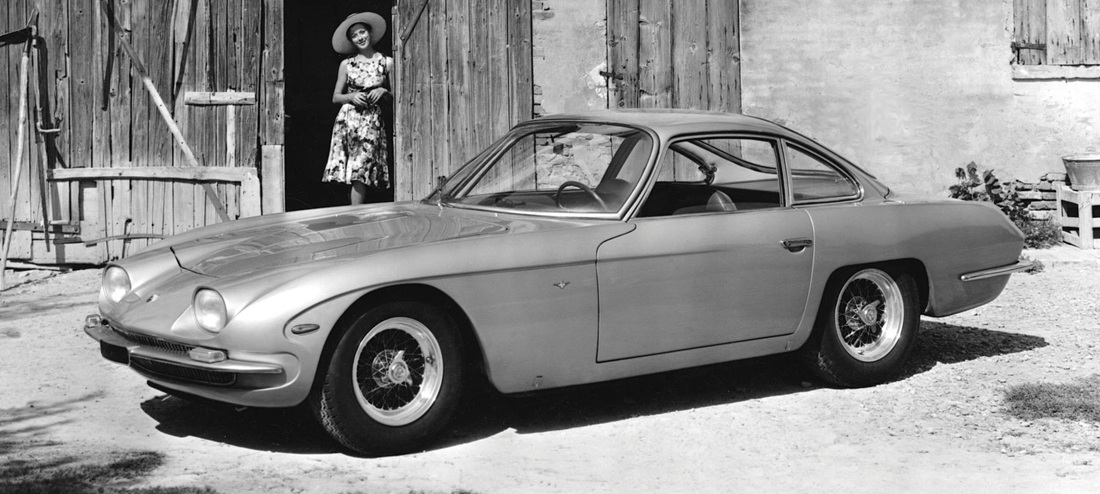
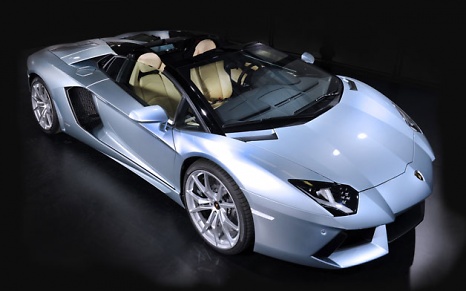
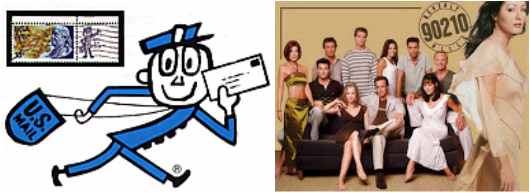
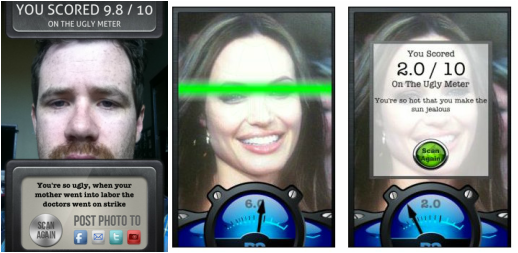
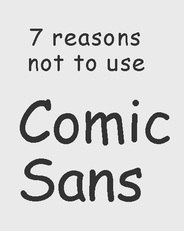
 RSS Feed
RSS Feed